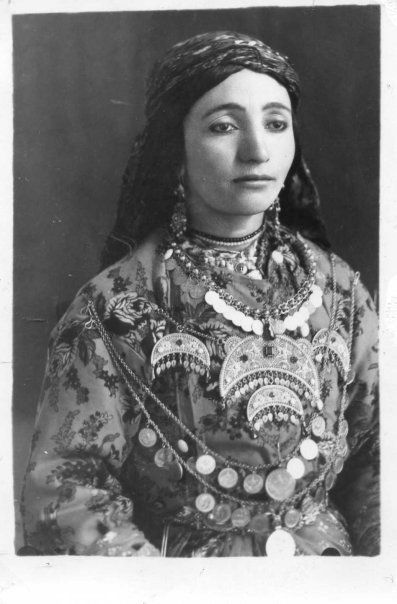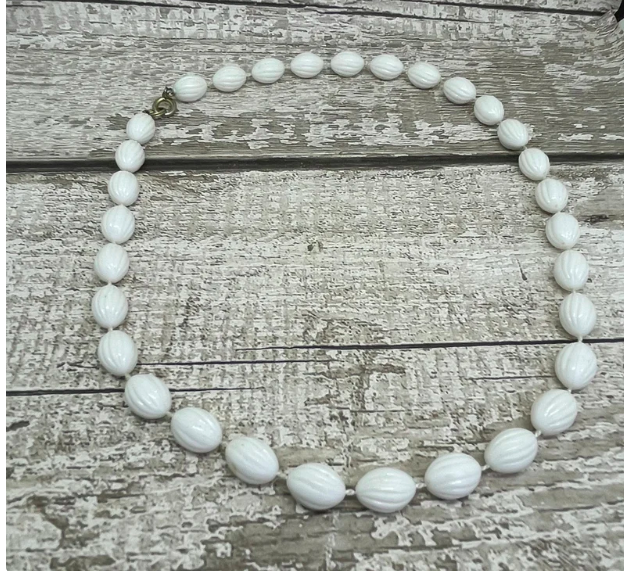My latest piece has just been published by The DateKeepers – An International Media Platform “Lost Treasures”. The piece explores the connection between jewelry and clothing, bodily autonomy, and women’s political freedom in Iraqi Kurdistan (Başur)

In the essay, I discuss the historical independence and courage of Kurdish women and explore how various political, cultural, and religious constraints have impacted their freedom and way of life. These are some excerpts:
“When I was in the first grade, my aunt Zakeya, my mother’s sister, gifted me a necklace crafted from pearly white, round plastic beads. It wasn’t made of precious stones, but I would not have traded it for anything. We lived in a post-war era. Our parents couldn’t afford real jewelry, dresses, toys, or other luxuries. They had more pressing concerns.

I proudly slipped the necklace around my neck and ventured outside to show it off. Its beauty soon attracted several girls from our neighborhood, who gathered around me, asking admiringly about the necklace’s origins. Of course, like me, these girls had grown up in post-war circumstances. They didn’t have sparkling dresses, cute shoes, or even simple jewelry. We resembled characters from Charles Dickens’ novels.
My stint as the center of attention was short-lived, interrupted by the lunchtime call from our parents to return to our respective houses. The other girls headed indoors for their meals, but I stayed outdoors, hoping to attract a little more attention. Noticing a girl who was ambling down the street in my direction, I promised myself, “I won’t go home until she passes me and spots my necklace.”
The girl wasn’t from our neighborhood. I didn’t even know her name, only that her grandparents lived nearby, and that she visited them every weekend.
As she approached, her gaze settled on the region of my collarbone. “What a beautiful necklace!” she exclaimed.
In that moment, I felt like I owned the world. “My aunt gave it to me,” I proudly replied.
“May I try it on?”
I guessed that this girl was two years older than me. Clearly, she was wiser. Naively, I told her, “Of course! Here you go.”
When she put on the necklace, it looked even more beautiful on her.
“Isn’t it lovely?” I remarked, anticipating affirmation.
“Yes, it is,” she replied. “Can I walk around with it for a little while?”
When I said of course she could, she took a few slow steps, as if she only meant to amble to the end of the street and back. Breathless, I watched the necklace floating along with her. Only when she reached the corner and kept going did I realize that something was wrong.
That was the last time I ever laid eyes on that necklace. When I realized it was gone forever, the weight of the world came down on my small shoulders. I began to cry.
My aunt promised to buy me another one, but never did. She never was able to afford a necklace again.”

“The women in those photos wore long, loose-fitting gowns and dresses made of colorful fabrics that were dyed or embroidered with intricate designs. They also adorned themselves with necklaces, earrings, bracelets, and rings, often fashioned from finely etched metals and precious stones. But where had all the vibrant colors gone? I wondered. Where did their freedoms disappear to in the towns and cities? What caused this transformation?”
“Nowadays, many Kurdish women in Iraqi Kurdistan opt for long, dark dresses that conceal their legs and arms. The only obvious change in the environment is the proliferation of political and religious groups, which seem to grow more numerous with every passing year. Each group enforces its own set of radical regulations, urging people to comply for the sake of safety, nationalism, worship, honor, and whichever other guises happen to be de jure.”
“In high school, I befriended a girl named Dunya. She was an incredibly passionate, hardworking, and creative student. We shared the same desk for three years, which allowed us to build a strong bond. One day, she didn’t come to class. At first, I assumed she was sick, but days passed, and her absence continued. Eventually, I learned that her family had arranged for her to marry one of her relatives. This news shattered my heart, not only because it brought our friendship to an end, but also because it derailed her ambitions and dreams. I still mourn for everything she never had a chance to achieve.
Dunya’s parents probably intended to protect her from the dangers that they feared she would encounter. Instead, they conjured up the greatest danger she had ever faced. It broke her.
A few years later, just before beginning my BA, I met Dunya at a wedding party. At just 19 years old, she appeared almost 30. She told me she’d already suffered two heartbreaking miscarriages and now had to care for the two young children that had lived. She also showed me scars etched on her neck and arms, evidence of the abuse that she suffered at the hands of her husband.
That night, tears soaked my pillow. I lay awake thinking of her beauty and how it had been undone by the scars. In the years since, I’ve realized the invisible damage that her marriage has done to her psyche must be far more excruciating and profound than any physical wound…
Dunya didn’t need a certain outfit to protect her. She needed autonomy, support from her family, and opportunities to realize her dreams.
Jowan didn’t need to suffer butchery to experience a dynamic and rewarding life—a life that’s been denied to her. She, like Dunya, would’ve thrived if she’d been able to access to education, financial independence, and meaningful participation in decision-making processes.
Self-determination, not a piece of fabric nor a razor blade, is the only thing that can protect us and enable us to lead fulfilling lives.”
